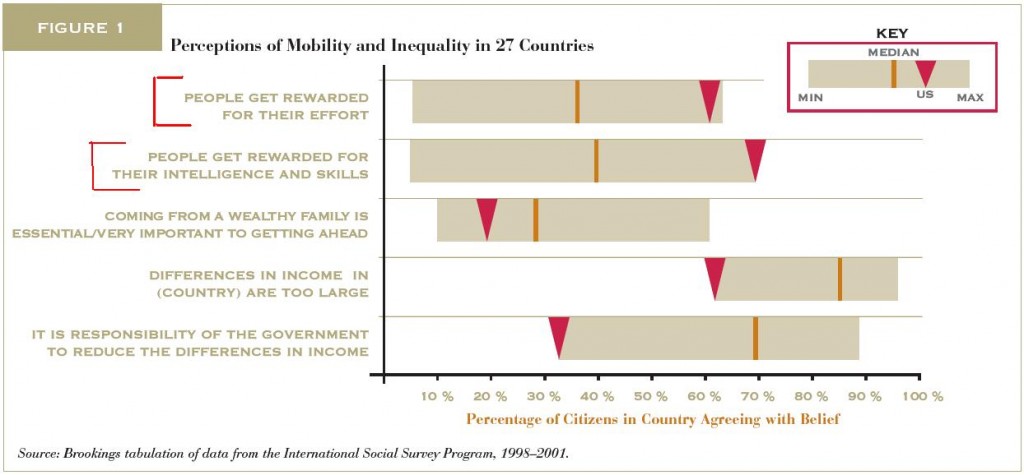At Ms., Amy Williams posted about the pre-conception care movement. Pre-conception care is health care aimed at making the bodies of fertile women most conducive to a healthy pregnancy. The movement asserts that women of childbearing age should be receiving care with pregnancy in mind, whether or not the woman intends to get pregnant. The Preconception Care webpage at Healthy Beginnings, for example, reads as follows:

In a presentation on the topic, Rebecca Kukla, Professor of Philosophy and Obstetrics and Gynecology at the University of South Florida, explains that preconception care is an “official priority” for the Center for Disease Control and the US Office of Minority Health. So what’s to be concerned about here?
First, the approach reduces women to their potential to make babies. Concern for women’s health is motivated not by concern for the woman herself, but her “merely imaginary future children.” What is the value of old women, transgender women, involuntarily infertile women, and women who have been voluntarily sterilized? What principles guide their health?
Second, treating women as potential fetus carriers sometimes interferes with the best practices for treating women. Kukla explains that doctors driven by this approach may be inclined to choose drugs that are known to improve fertility and enhance pregnancy outcomes, instead of the most effective drugs for whatever condition is at hand. As an extreme example, consider a woman diagnosed with cancer for whom a hysterectomy is the most aggressive treatment? Whose interests should the doctor consider? Hers? Those of her “merely imaginary future children”?
Third, treating women as potential fetus carriers encourages doctors and others to police women’s behaviors more stringently than men’s. Anything she does that doesn’t maximize her fertility and baby-making condition can be seen as a problem needing fixing. Men’s life choices are simply not subjected to this sort of social scrutiny. We already see this sort of intervention against women who are told to avoid alcohol even if they are unaware of being pregnant and have no intention of getting pregnant.
Fourth, Kukla points out that the approach skews women’s health towards those things that we think affect fetal outcomes. Should these conditions necessarily take priority over others?
Finally, this approach makes women, like myself, invisible. I am a fertile woman in my 30s who has chosen not to have children. I truly hope that my health care is not being compromised by my doctor’s concern for the babies I am never going to have. Nor do I think it’s cute that her concern for me is driven by my reproductive potential.
UPDATE: Heather Leila, in the comments, critiqued this post. “Having participating in the Office of Minority Health´s preconception campaign,” she writes, “I can attest that none of the above 5 points speak to the reality of the program.” She continues:
It´s easy for women commenting on this blog to be offended when it is suggested they are not in full control of their fertility. But the truth is that many women are not. They don´t have the access or the education about contaception. 50% OF ALL US PREGNANCIES ARE UNPLANNED.
OMH´s campaign addresses contraception and avoiding unwanted pregnancy. OMH recognizes that many women don´t want to become pregnant, now and later. The campaign seeks to reduce unwanted pregnancy alongside improving preconception health as a way to reduce infant mortality. The campaign also speaks directly to men – taking some of the pressure off women.
This post failed to mention that the OMH campaign is based on the very racial disparity in infant mortality that SI posted on just a few weeks ago.
Lastly, the campaign is geared towards women, not to their doctors. In no way would this campaign promote doctors valuing fertility over a woman´s life. Never would it suggest witholding a hysterectomy to protect fertility. The campaign is NOT about increasing fertility. It is about decreasing infant mortality. Two very different things.
It seems like neither Dr. Kukla nor Sociological Images has taken the time to fully understand this campaign before criticizing it. I think there is a lot to analyze and criticize within the campaign, but Dr. Kukla´s 5 points do not address true aspects of the program. They are invented.
Heather has posted about pre-conception care at her own blog, A Minha Vida.
Lisa Wade, PhD is an Associate Professor at Tulane University. She is the author of American Hookup, a book about college sexual culture; a textbook about gender; and a forthcoming introductory text: Terrible Magnificent Sociology. You can follow her on Twitter and Instagram.














